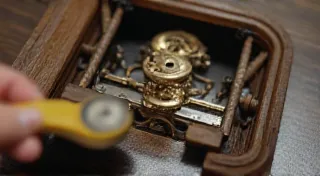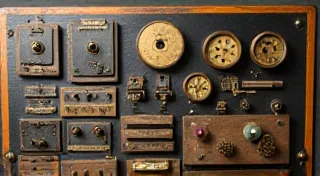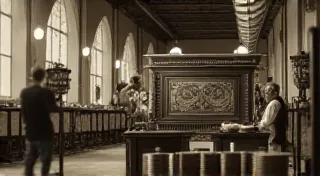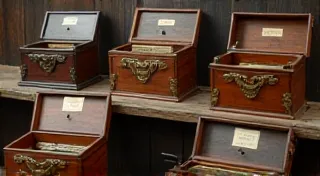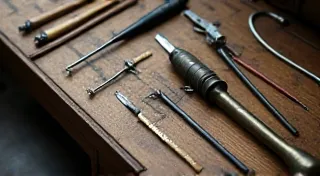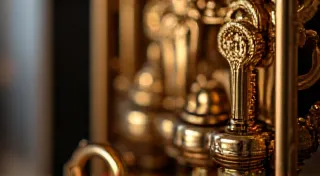A Beginner's Guide to Identifying Antique Music Box Movements
Welcome to the wonderful world of antique music box restoration! One of the most crucial steps in understanding and repairing these fascinating devices is identifying the type of movement they contain. Different movements operate using different mechanisms, each with unique challenges and restoration requirements. This guide is designed for beginners and aims to clarify the core differences between the most common types: cylinder, disc, and comb mechanisms.
Understanding the Basics: What is a Music Box Movement?
The movement is essentially the "engine" of the music box. It's the mechanical assembly responsible for producing the music. It consists of various components working together: a mainspring (providing power), a governor (regulating speed), a mechanism that transfers that power to the sound-producing element (cylinder, disc, or comb), and the actual sound-producing element itself.
1. Cylinder Music Boxes: The Early Pioneers
Cylinder music boxes are often the oldest type you'll encounter. They were incredibly popular in the 19th century.
How it Works: A metal cylinder, covered in tiny pins arranged to represent musical notes, rotates. As the cylinder spins, pins strike levers which activate tuned metal teeth – the “notes” – creating the music. Each cylinder typically plays a short, repeating tune.
Key Identification Features:
- Cylinder Shape: Look for a cylindrical metal component (usually steel or brass). The cylinder's length and diameter vary.
- Pin Density: Examine the density of the pins. Older cylinders generally have coarser pin arrangements.
- Tune Length: Cylinder music boxes often play short, repeating tunes.
- Size: Generally larger than disc music boxes.
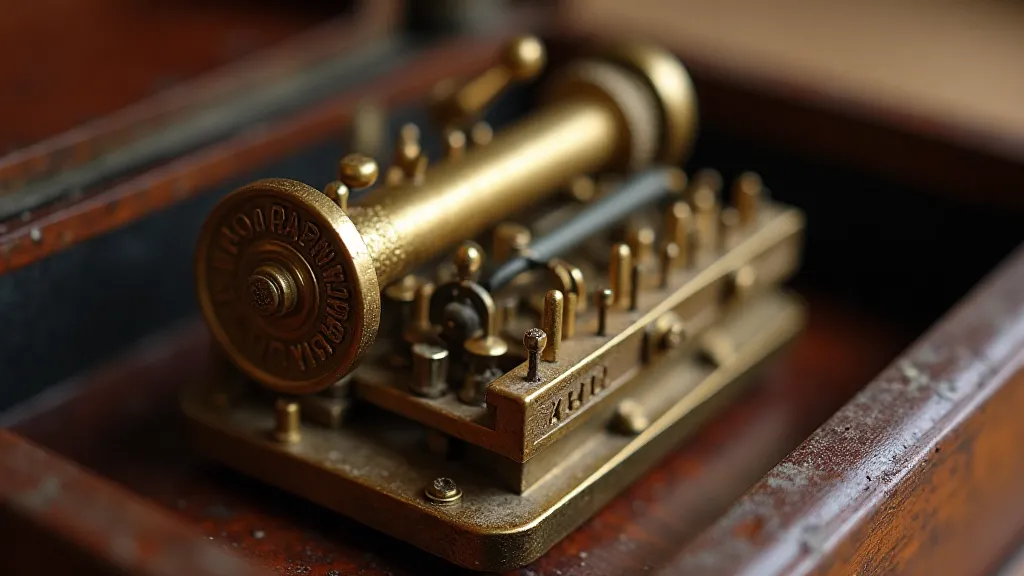
2. Disc Music Boxes: A Step Towards Complexity
Disc music boxes gained prominence later in the 19th century, offering a wider range of musical capabilities.
How it Works: A rotating disc, also covered in tiny pins or shaped embossments, interacts with a set of tuned levers or teeth. The shape of the embossments on the disc dictates the notes that are played. These boxes often allowed for longer pieces of music compared to cylinder mechanisms.
Key Identification Features:
- Disc Shape: Identify the flat, circular disc made of metal.
- Embossment Pattern: Observe the pattern of raised areas on the disc’s surface.
- Tune Length: Disc music boxes frequently play longer, more complex tunes.
- Size: Generally smaller than cylinder music boxes.
3. Comb Music Boxes: The Evolution of Sound
Comb music boxes represent a more advanced design, becoming popular in the late 19th and early 20th centuries.
How it Works: A rotating disc or roller engages with a comb – a series of tuned metal teeth. The rotating mechanism causes the comb teeth to vibrate, producing the music. Comb music boxes generally offer the widest range of tunes and the longest playing times.
Key Identification Features:
- Comb Structure: Look for the distinctive comb-like structure composed of metal teeth.
- Tooth Material: The teeth are usually made of steel and precisely tuned.
- Sound Quality: Comb music boxes often produce a richer, more sustained tone.
- Size: Typically smaller and more compact than cylinder and disc boxes.
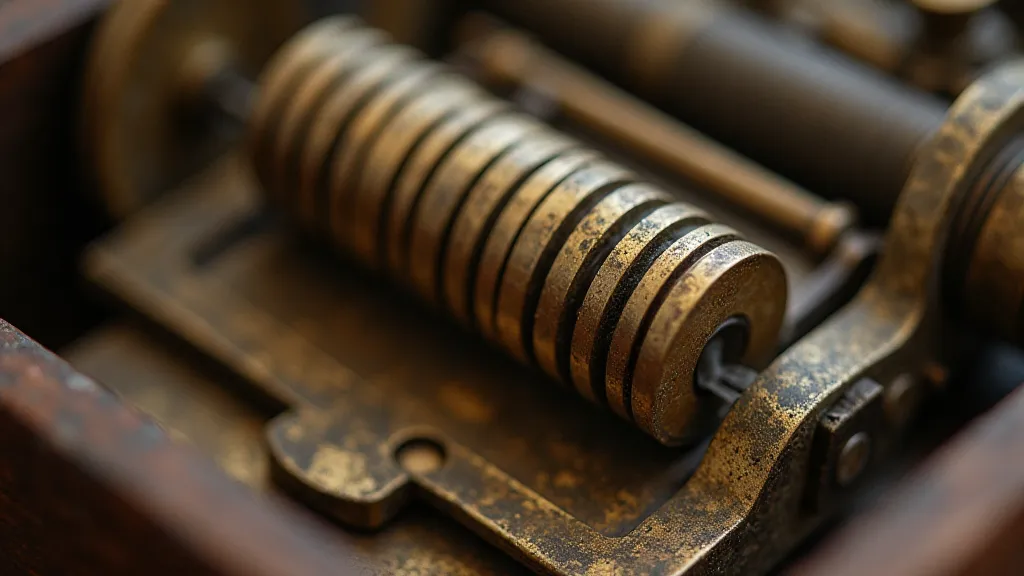
Beyond the Basics: Identifying Variations
Within each of these three main categories, there are numerous variations and sub-types. For instance, some cylinder music boxes might incorporate multiple cylinders to play different tunes. Disc music boxes could feature different types of embossing patterns. These variations can make identification more challenging.
Resources for Further Exploration
As you gain experience, you's gradually become more familiar with the nuances of different music box movements. Careful observation, reference materials, and (most importantly) hands-on experience are key to mastering this fascinating craft.
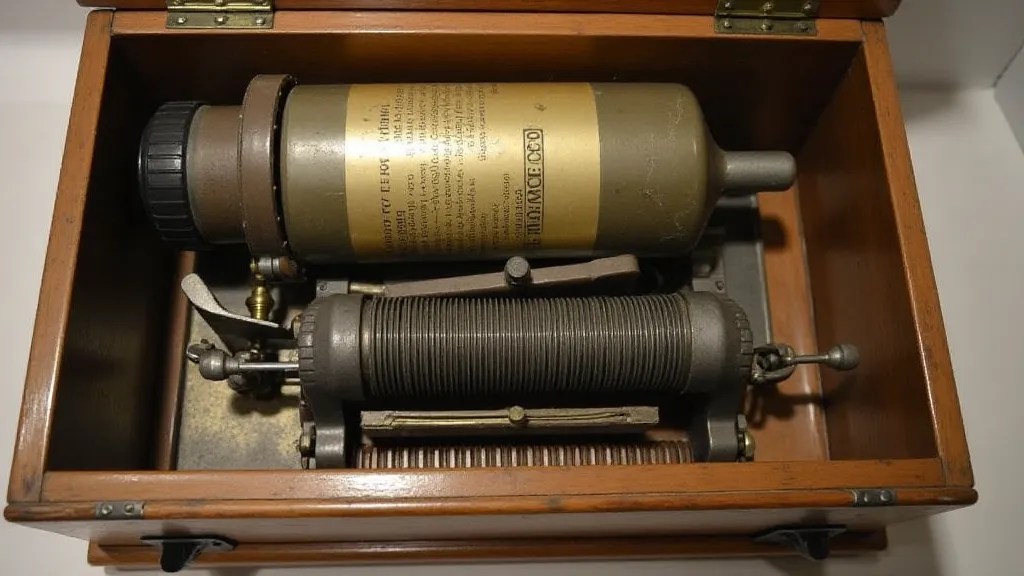
Understanding the basics of antique music box movement identification is a crucial first step in restoration. Happy restoring!
